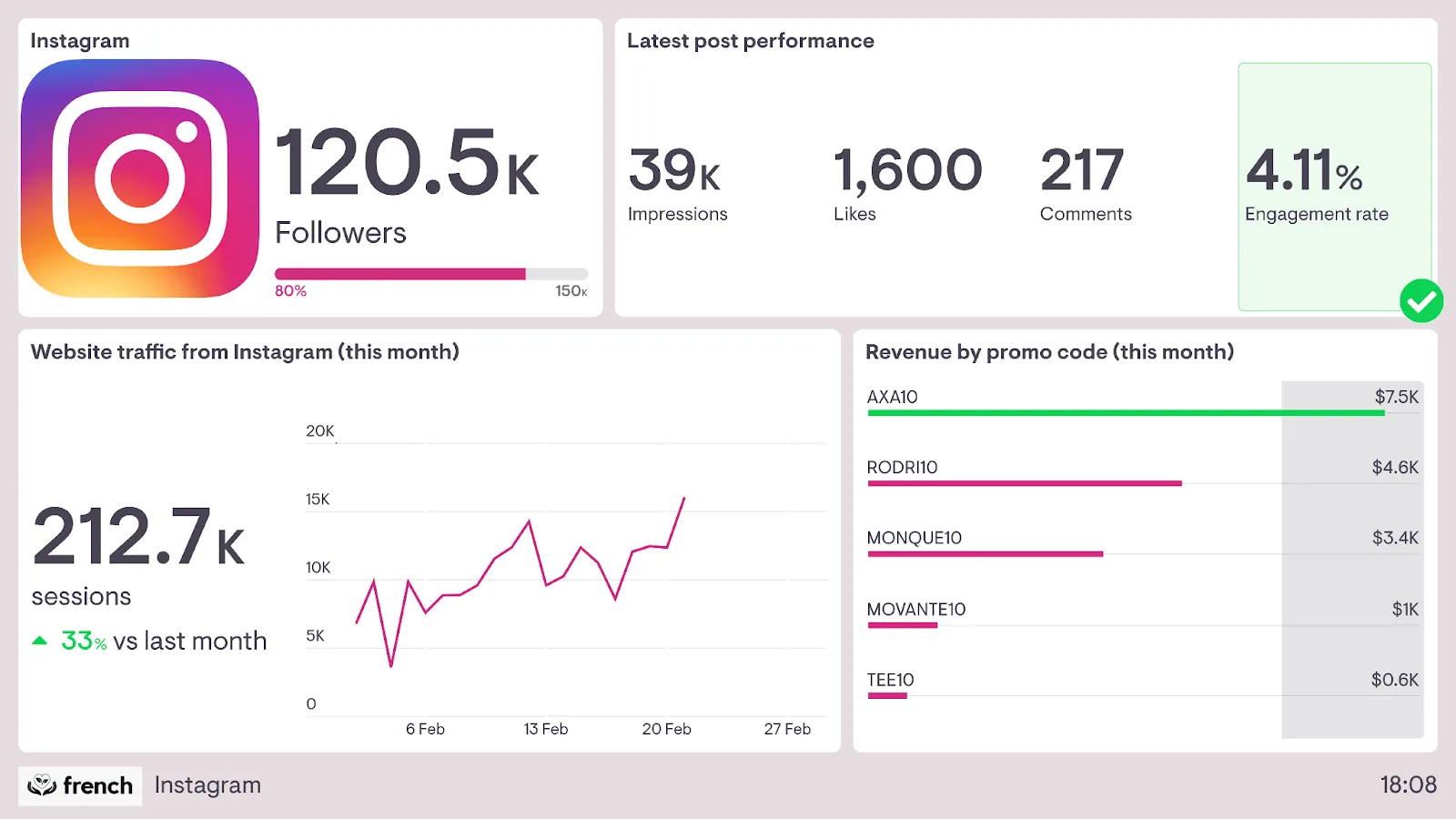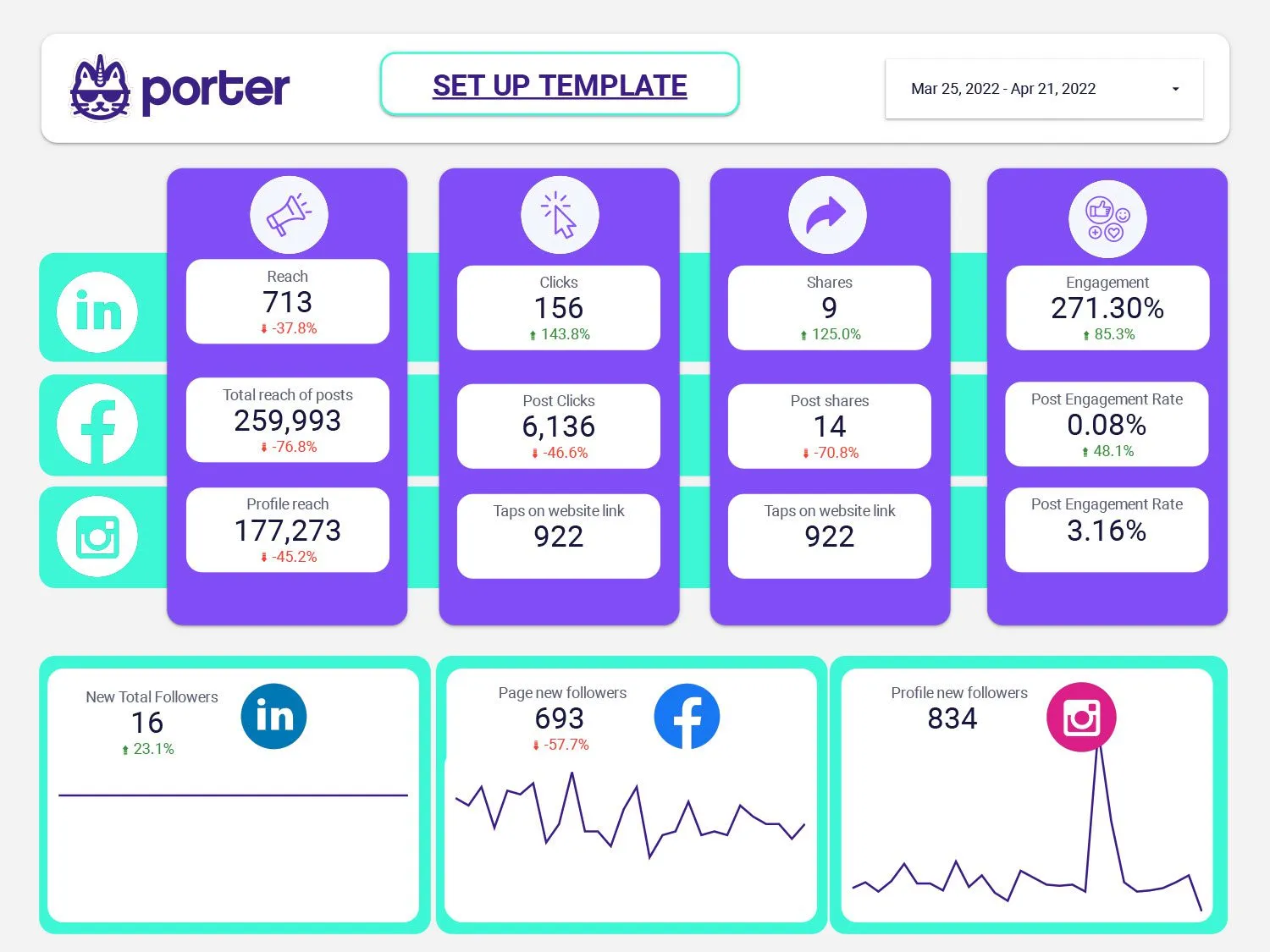We are excited to announce our $2M seed round led by Joa Capital.
Read Now

October 19, 2025
Syed Mohammad Sharfuzzaman Nayeem
If you are a social media manager, I am sure you have had to make space for a social media audit in your calendar.
Social media audits aren’t optional anymore. Platforms are evolving every day. Businesses that aren’t reviewing their performance regularly will eventually fall behind. Don’t perceive an audit as just a means to show upper management that you are doing ‘something.’ It’s important because audits help you identify what’s working and what needs to change.
It can be the difference between growth and digital stagnation.
A social media audit entails assessing your business’s overall social media presence, judging the effectiveness of your current strategies, and identifying areas for improvement, if any.
One could argue that their social media content plan is top-notch and doesn’t need a social media audit. They can even show data to back their claim. Conducting an audit doesn’t mean your content plans have flaws. It’s acknowledging that you are competing in a dynamic market. Trends change, competitors come up with fresh moves, and you have to constantly be alert.
What’s working today may not work next week.
We are living in the digital era, where social media is the first point of contact between businesses and customers. So, a well-executed social media audit means you have hard data to support your next moves. It could be refining your content strategies, switching platforms, reallocating budget, or simply continuing what’s working for you.
The purpose is to gain competitive insight to improve your content plan. The roadmap to an effective social media audit is simple -
Make a list of every social media platform your business uses. Include -
Now, from each of these handles, make a record of key information like profile names, bio, follower count, different engagement metrics, posting frequency, and any other relevant information.
The first step to optimize is to track.
Find out whether your brand identity is consistent across all platforms. This means your brand logo, colour, bio, etc, everything should be aligned.
Take a look at your -
Consistency builds trust and, at the same time, helps customers recall your brand.

If you want to achieve more than typical social listening, you need to look beyond likes and followers -
Brands often ignore what people write in the comments. Most of them could be spam. But some comments can lead you to core issues disrupting your performance.
To find better data, you can use tools like Sprout Social, DeepDive, or HootSuite.
Conduct a social media audit of your content plan in the past 1-3 months. Look for patterns:
These questions matter when you are trying to form a solid content plan.
Studying competitors is a great way to identify a social media strategy example that works. For instance, Coca-Cola was trying to salvage its reputation after its controversial ties with Israel during the Gaza genocide.
Mojo, on the other hand, did not make the same mistake as its competitor.

It studied where Coca-Cola was fumbling, jumped in, and got the attention. This was a good social media strategy example that underscores the importance of knowing your competition and the market.
Ask yourself -
Till now, your social media audit has told you:
Now it’s time to connect the dots.
You know which Instagram bios work best or which trending hashtags get you more visibility on TikTok. But are you using that knowledge properly, or is it just theory?
Who are your customers? And I don’t mean the basic demographics like age, gender, and location. To pinpoint a market you can capitalize on, you need to look for -
You can take the help of Facebook Audience Insights, Instagram analytics, or third-party tools to know more about your consumers. Then you can match your existing content with your customers to improve results. You can take a social media strategy example from a competitor and match it with your target audience, and see what they are doing differently.
There’s organic reach and there’s paid reach. If you are spending on Facebook ads, Google Ads, etc, you should know if you are getting value out of it.

If you are a hands-on person, you can use spreadsheets or tools like Power BI to make interactive dashboards and summarize the findings from your social media audit.
But if you want AI to do the work for you while you sit back and relax, you can use social listening tools.
Your audit must drive actions. Set 3-5 action steps based on the results. For instance -
Your audit should serve as a blueprint that you follow to improve performance. Otherwise, as I have pointed out before, it will be just another activity to show to the bosses.
Don’t get too carried away with the whole social media audit thing, though. It’s good, but a too high of a frequency of it means you aren’t giving your content a chance to perform. Try building a semi-annual or a quarterly plan audit cycle. In that way, you’ll have enough content to review and a good practice of keeping up with the market.
Discover How Audience Intelligence can help your brand grow